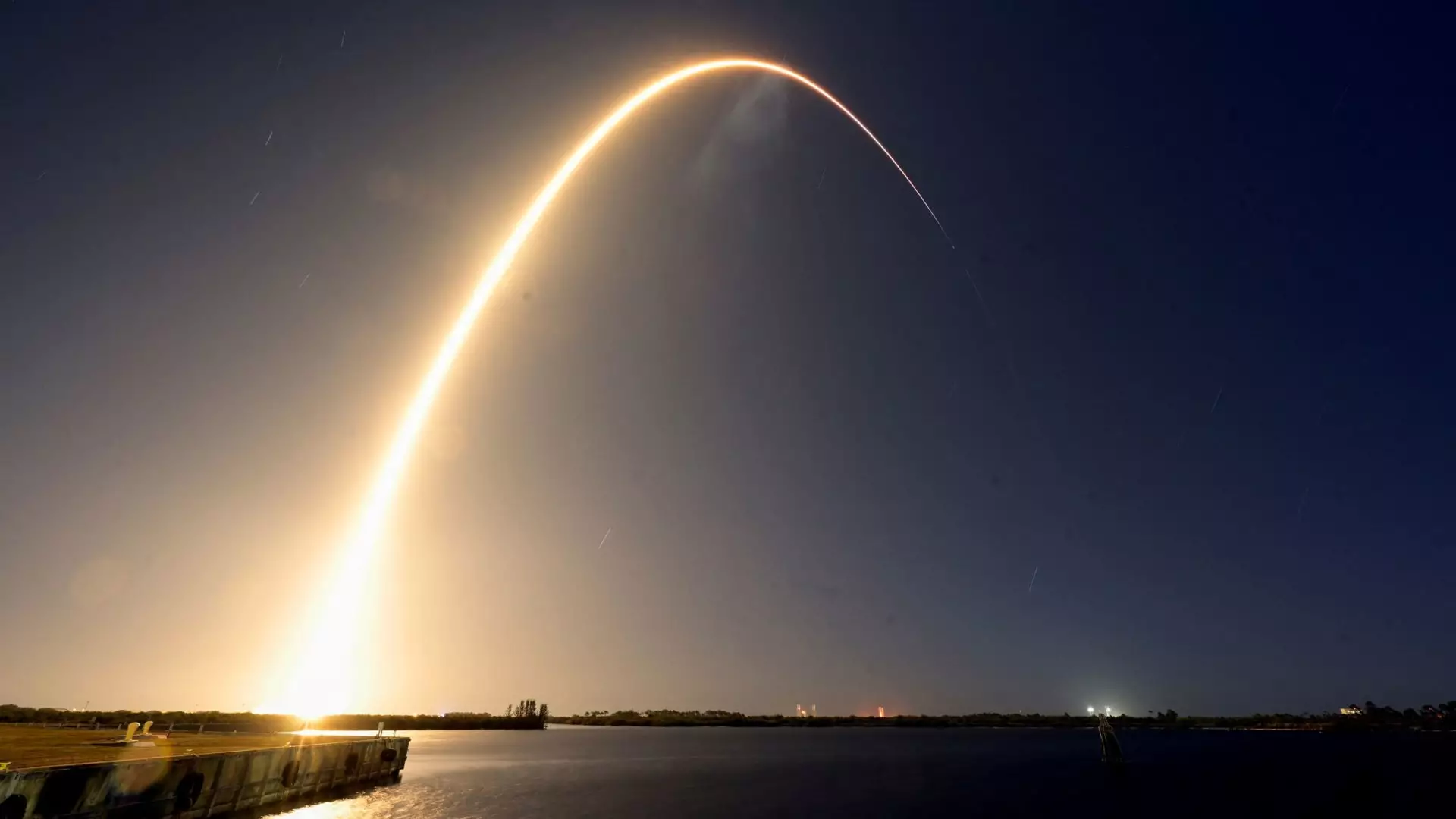In a significant advancement for lunar exploration, Texas-based Firefly Aerospace launched its “Blue Ghost” cargo lander atop SpaceX’s Falcon 9 rocket from Cape Canaveral, Florida. This mission, which occurred early Wednesday morning, is characterized by a 45-day voyage toward the Moon, marking a pivotal entry for Firefly into the burgeoning market for lunar services spearheaded by NASA. CEO Jason Kim encapsulated the momentum behind this endeavor, expressing a clear focus on operational execution, highlighting the intention to successfully land on the lunar surface. The mission epitomizes the company’s strategic shift from its traditional satellite launch capabilities to tackling the complexities of lunar lander technologies.
Firefly Aerospace, while renowned for its Alpha rockets—utilized to deploy satellites into orbit—has recently broadened its scope to include the development of lunar landers and space tugs. This shift indicates a growing trend among private aerospace companies to diversify their offerings amid increasing interest in lunar exploration. The Blue Ghost lander, designed with an impressive height of nearly seven feet, is payload-laden with ten distinct government and commercial cargoes. This ambitious undertaking is backed by a substantial $101 million contract awarded by NASA, reaffirming the agency’s investment in commercial partnerships to facilitate lunar exploration.
Firefly’s mission holds the distinction of being the third in the NASA Commercial Lunar Payload Services (CLPS) program, which aims to foster regular transportation of scientific instruments and cargo to the Moon. Despite previous setbacks faced by other participants in this program—such as Astrobotic’s unsuccessful mission and Intuitive Machines’ challenging landing—Firefly has set its sights on achieving a successful deployment of Blue Ghost. The outlined mission milestones are ambitious; thus far, five out of 17 key objectives have been achieved, including successful launch and initial spacecraft testing phases.
Anticipation surrounds Blue Ghost’s target landing site, the Mare Crisium lunar basin, which is expected to occur on March 2. Following touchdown, Firefly intends to maintain operability throughout a full lunar day, equivalent to approximately 14 Earth days. This operational window is crucial for gathering valuable data and furthering our understanding of the lunar environment, especially as the company also plans to sustain functionality for a portion of the lunar night. Such operational agility speaks to the increasing complexity of lunar missions, necessitating innovative solutions for power generation and communication amid the Moon’s harsh conditions.
Importantly, the recent launch did not solely feature Firefly’s lander. Accompanying Blue Ghost was another lunar lander from Japanese firm ispace, which had previously encountered challenges with its initial mission but is now engaged in a second attempt. This collaboration underscores a new narrative in space exploration where companies utilize rideshare agreements to enhance mission viability and share operational risks. The alignment of multiple entities under a single launch reflects the interconnectedness of commercial lunar initiatives and the growing symbiosis within the aerospace sector.
Looking ahead, NASA forecasts a surge in lunar landing missions, with potential participation from up to five U.S. companies slated for launches throughout 2025. This burgeoning ecosystem is fueled by the urgency of returning humans to the Moon as part of the Artemis program, creating opportunities for innovative technologies and commercial partnerships. Firefly Aerospace’s strategic pivot towards lunar services positions it favorably within this landscape, as the industry anticipates a new wave of exploration poised to enhance our understanding of lunar science and facilitate human presence on the Moon.
Firefly’s Blue Ghost mission serves as a beacon of progress within the complex arena of lunar exploration. By merging governmental intent with commercial ambition, the aerospace industry stands on the brink of a new lunar age, fraught with challenges yet rich with opportunities for discovery and advancement in spaceflight and exploration technology.


Leave a Reply